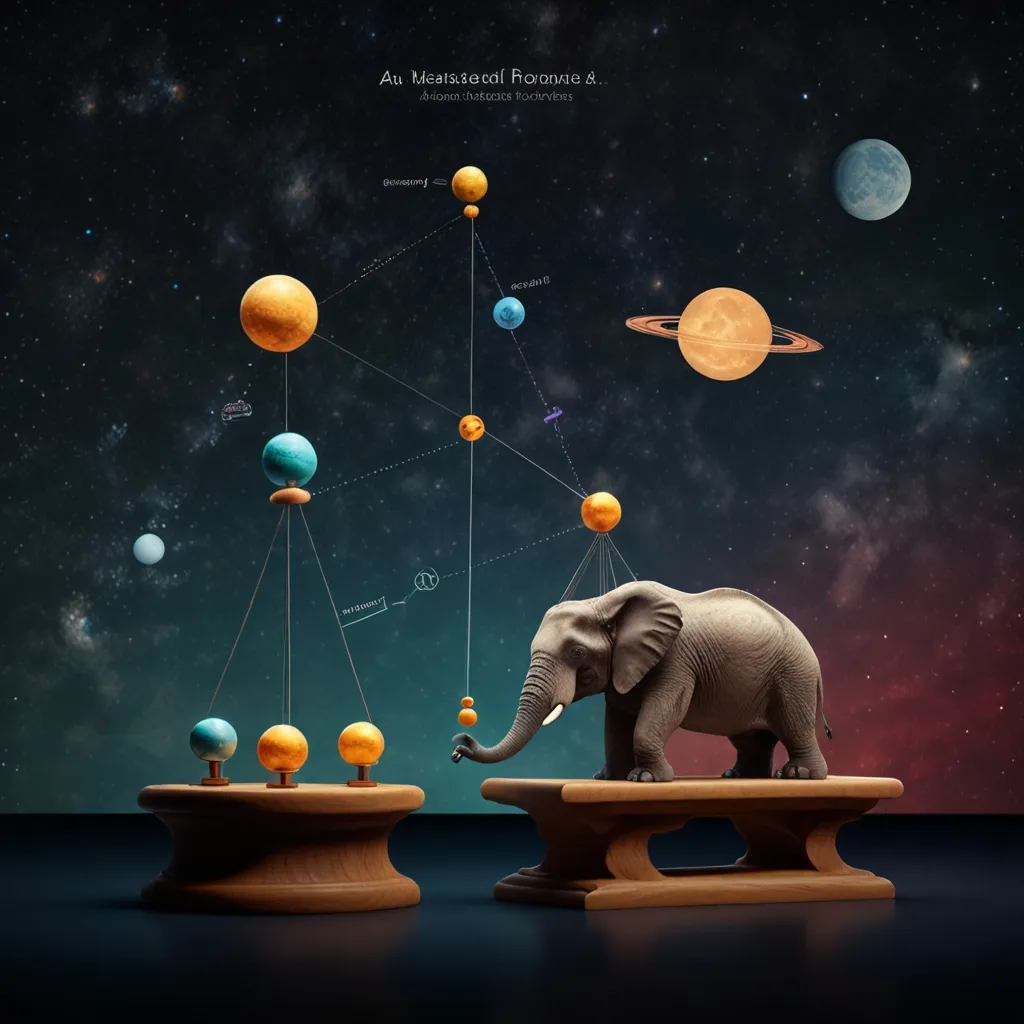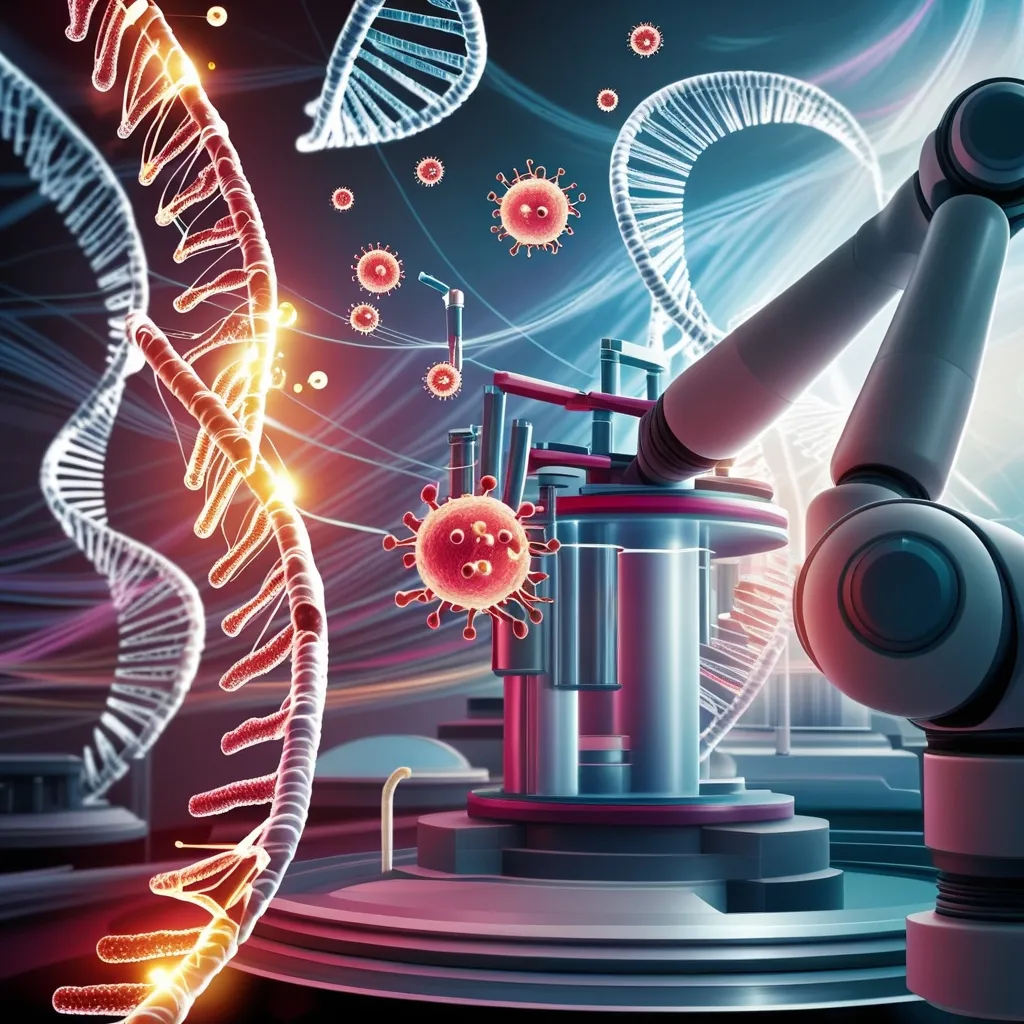Imagine lying on your back, gazing up at the sun—but instead of lifting your chin skyward, you tilt it down, toward the very ground beneath your feet. Sounds bizarre, right? Well, that’s exactly the mind-boggling situation we’ve found ourselves in with neutrino photography. What you’re looking at here is a snapshot of the neutrino emission from the sun, taken with the Earth as the backdrop. Let’s unravel this curious phenomenon together, because, trust me, these ghostly particles carry stories aplenty about the universe.
Now, neutrinos—you probably haven’t given them much thought, right? They’re perhaps one of the most elusive and mysterious particles. They’re ghost-like, slipping through everything—including us—with hardly a whisper. Imagine a hundred trillion of them passing through your body every second without a single interaction. Yep, it’s happening right now! These tiny things are so detached, they could zoom through a light-year-thick chunk of lead unscathed.
You might wonder, what’s the point of these slippery particles if they don’t interact with anything? Contrary to being dismissible wallflowers at the subatomic party, they’re actually key players in the universe. Without neutrinos, you, me, and everything we know wouldn’t exist. They’re the quiet architects behind the scenes, shaping the cosmos in ways we’re just beginning to understand. But let’s explore how all this came to be.
Back in the early 20th century, scientists were scratching their heads over some strange behavior during radioactive beta decay. Energy seemed to go missing during these reactions—a baffling breach of the sacred conservation of energy law. Enter Wolfgang Pauli, who proposed an invisible solution. He suggested that along with the known electron, another ghostly particle—one that carried the missing energy—was being emitted. This wasn’t just groundbreaking, it laid the groundwork for modern physics. And so the neutrino was born, aptly named by Enrico Fermi.
For decades, folks wondered how a particle that barely interacts with its surroundings could ever be detected. Turns out, if you have enough neutrinos (say, a flabbergastingly large number) and a detector large enough, eventually, some will interact. This was proven in 1956 when Fred Reines and Clyde Cowan caught neutrinos red-handed, or rather, neutrino-handed. Their revelation earned them the Nobel Prize, etching neutrinos firmly into the annals of science lore.
But it’s not all straightforward. Neutrinos pack some peculiar twists—literally. These critters come in three flavors: electron, muon, and tau. Even spookier is that on their cosmic journey, they can switch flavors. Picture ordering an ice cream that changes taste midway to your mouth—not due to melting, but sheer subatomic whimsy. This phenomenon puzzled scientists until they realized neutrinos must have mass, albeit tiny.
See, if neutrinos travel just under the speed of light (hint: if they were massless, they’d speed along at light pace), slight time passage occurs for them to change flavors—a key clue they packed some heft. Yet measuring their mass has been tricky. In theory, flavor change, aka neutrino oscillation, gives physicists a puzzle and proof of mass. The phenomenon turned out to be a mesmerizing dance across the universe, challenging existing physics models.
Deep space is neutrino’s playground, and their interactions help map the universe’s grand design, determining galaxy distributions. But these particles also quietly fuel the fires of stars, including our own sun. The process of nuclear fusion in stars releases vast quantities of neutrinos, ensuring stars shine bright, quite literally breathing life into solar systems. Without this, forget sunny days and photosynthetic flowers—the sun wouldn’t even warm our toes, let alone foster life.
While the idea of flavor oscillations hints at deeper mysteries, neutrinos’ mass—so diminutive it’s almost negligible—isn’t straightforwardly explained by the Higgs mechanism, which typically doles out mass to particles. The notion echoes the sentiment that neutrinos are signaling toward new physics unknowns—uncharted territories teeming with possibilities.
The cosmic ballet involving neutrinos also touches planetary scales. Consider how without beta decay processes driven by neutrinos, our universe might host an entirely different atomic lineup, profoundly impacting life’s emergence. If that doesn’t make neutrinos pivotal, what will? Neutrinos might be shy on the surface, but their whisper has astronomical implications—the kind we barely comprehend yet can’t ignore.
Science’s next frontier might very well be about understanding these gossamer strands weaving the cosmos. They’re like invisible ink slowly revealing hidden scripts in the universe’s story—the secrets hidden in plain sight. Neutrinos hold the keys to doors we’re only just beginning to see, promising revelations that could fundamentally reshape our grasp of reality.
So, whether you’re lying under the starry sky or walking beneath the sunny glare, think about those neutrinos silently moving through you, orchestrating the universe in their silent, essential symphony. They remind us that the silent forces often knit the loudest stories—stories of existence, cosmic evolution, and endless mystery. The universe teems with wonders, and the more we learn, the more we realize how much more there is to know. Stick around—it’ll be an adventure like no other.






